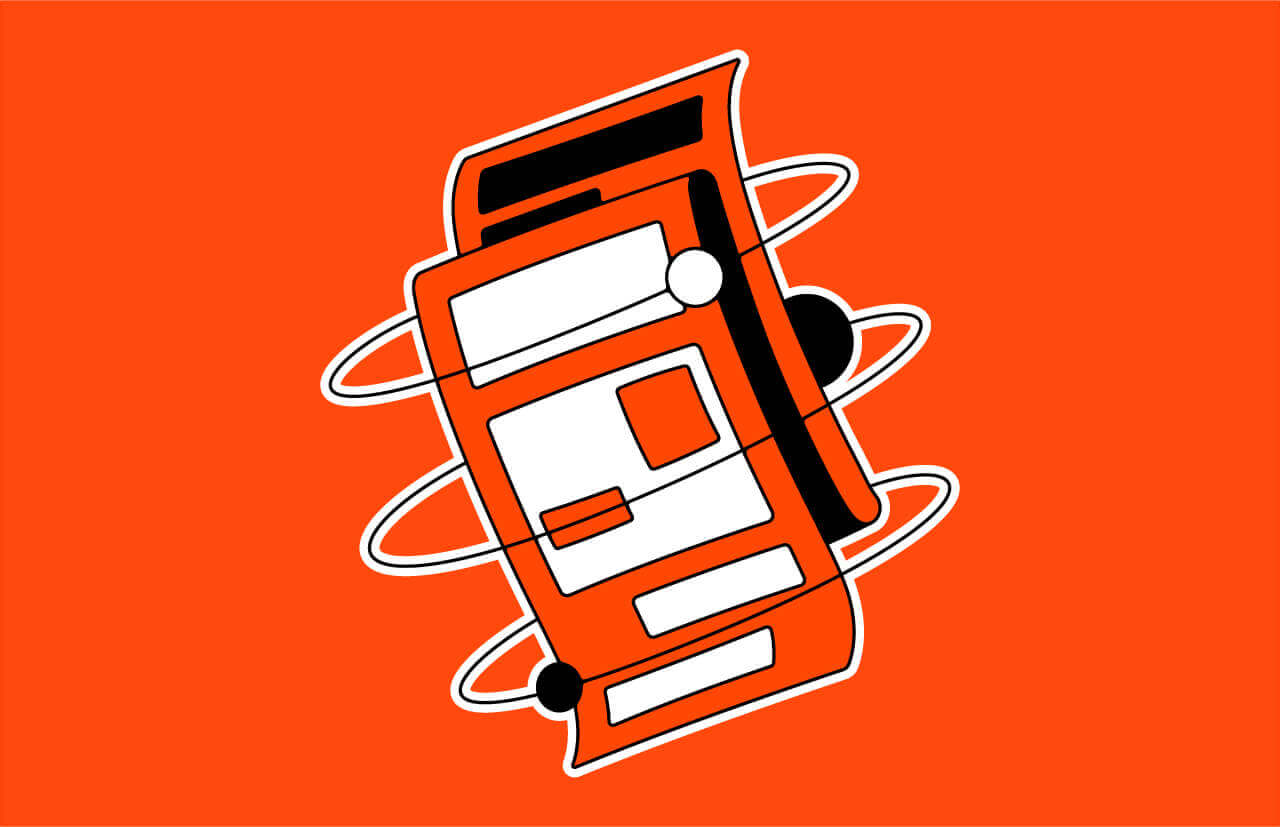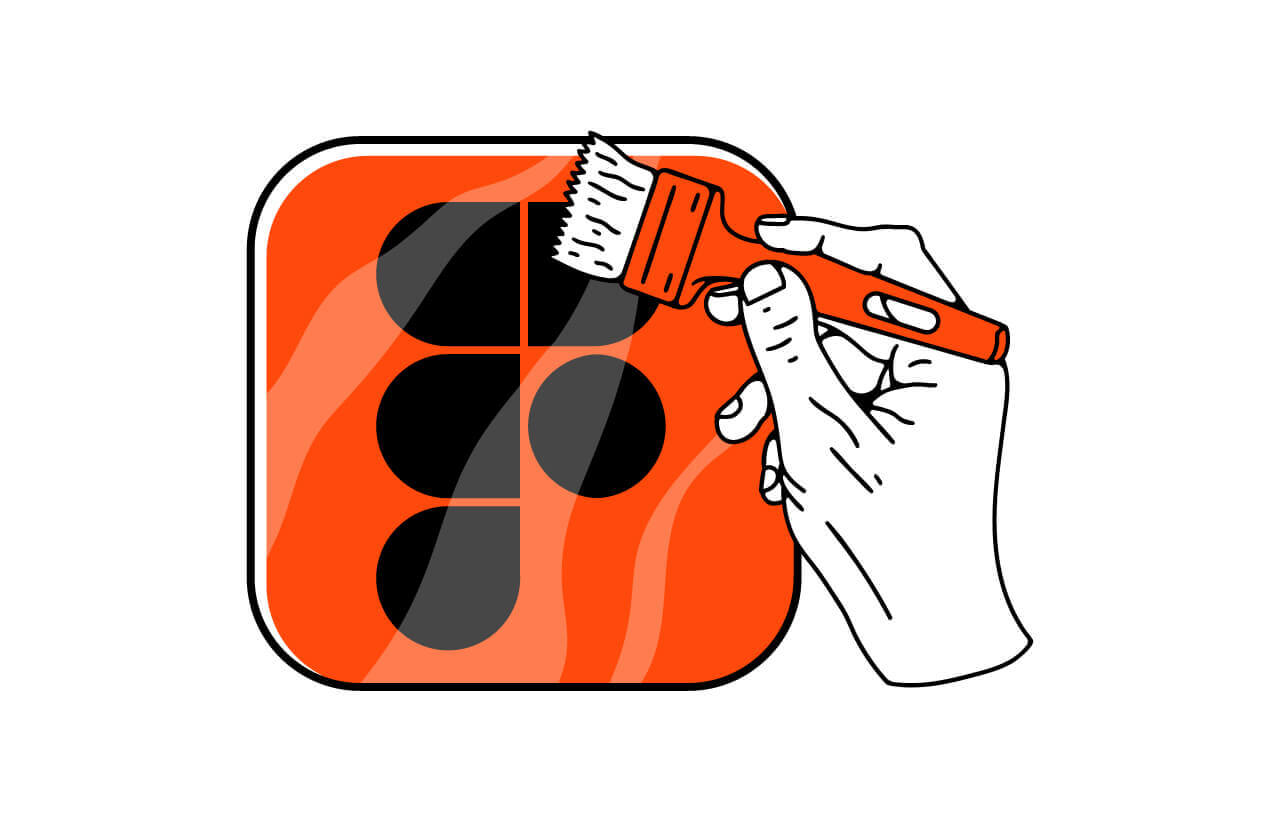When it comes to design tasks, the brief comes first and everything else follows. So basically, it has to be good. But as we all know, putting a brief together is a pain; creating one that works for the creative task, gets the result needed and won't take ages to write can feel almost impossible. Luckily, there's a pitch-perfect brief formula that's guaranteed to get results.
I've spent five years as a project manager for startups, a good part of which was spent briefing design teams. Fast forward to today, I'm now on the other side of the game, which has allowed me to look through hundreds of design briefs from various teams over the past year.
So what have I learned? That regardless of the industry and team size, people are making the same mistakes over and over again. But also that every successful brief follows the same simple yet effective rules.
In this article, I'll give you the cheat code for creating a brief that will match expectations and reality and allow for correct estimations.
But before we jump right in, here are three real-life pieces of advice you're probably not going to hear from other agencies:
- Every agency will take at least an hour for preliminary discussions, so make sure you select candidates thoroughly (tips on that coming up!). If you choose 50 companies initially, be prepared to spend over a week jumping from one call to another.
- Keep in mind who is the main contact person during the negotiation stage. When the spokesperson involved in the project discussion is a growth manager or a business developer, they will discuss the work they're not responsible for carrying out.
- Always ask the agencies to email the estimates to you in a text format. When you only get to see it on the call briefly, it will be impossible to find it at a later stage.

critical web design mistakes to avoid
What does it take to write a perfect brief?
Writing an initial design brief is a bit like going on a first date: don't bother sharing an overwhelming amount of information; it's only going to overcomplicate things. You'll have plenty of time for the complicated conversations later. Now's the time to be concise and precise.
So what should every brief include? Here's a pitch-perfect example:
- Who are we? We're X, operating in the Y industry with a team of Z people.
- What's our goal? We need to update our website to eliminate outdated designs and increase app conversions. We also require a branding makeover to communicate our position as a modern, innovative startup.
- Services required: design, development, branding, etc.
- Who are our competitors, and what do we like and dislike about them?
- What are our constraints? Usually, it includes time and budget. We asked multiple agencies, and they all got back to us with an estimate of between 20 and 30K. OR our overall budget is 50 000. OR we're willing to dedicate up to 10 000 monthly to this project. The deadline is the 1st of December / Ready to start ASAP.
This brief is guaranteed to work as it ticks off all the must-haves:
- Keep it short and simple – no need to turn the email into an essay.Give the basic information about your company – spare the agencies the time and effort of research.Make sure to include both the tasks in question and the constraints in time and budget.
Now you've sent a request to multiple agencies, what should you look for in the offer?
Here are some of the questions you should be asking:
- How big is their portfolio, and are there cases similar to yours? If not, keep in mind the agency might be just learning at your expense.
- Who will be involved in the project? One thing to avoid is an agency that constantly switches up teams midway through a project, as this will yet again cost you time and money.
- When do you expect to start? Some agencies might not be available immediately and require a pre-booking of at least a few weeks, sometimes months in advance. It's also important to clarify whether the team's specialist will be working full time or splitting their hours between different projects since this will most likely directly impact the time frame.
- Will a short deadline bump up the cost? Last-minute order fees can increase the project cost. Instead, consider making the work scope smaller and adding additional tasks later.
- What are the pre-payment conditions? Some agencies require as much as 50% downpayment. It's best to agree on the terms in advance.
- How much will be charged for edits? If the rates are hourly, ask if there are discounts over a specific time limit for time-consuming projects.
- What are the next steps after the work is complete? Will the team be available for further collaboration, or will they be taking on a new project and won't be available to put their experience with your product to work?
The creative process is inevitably pretty chaotic, but your design brief doesn't have to be. With these actionable tips, there's no reason why your briefs shouldn't hit the mark every time. One last thing before I wrap up: remember that an actionable brief has a much higher chance of leading to a reasonable collaboration offer.
Keeping up with the spirit of the piece, if you enjoyed it, please do share the Twitter thread. And if you'd like more case studies like this, join the email list.
Also, subscribe to hear about legendary business pivots on our CTRL SHIFT podcast.





